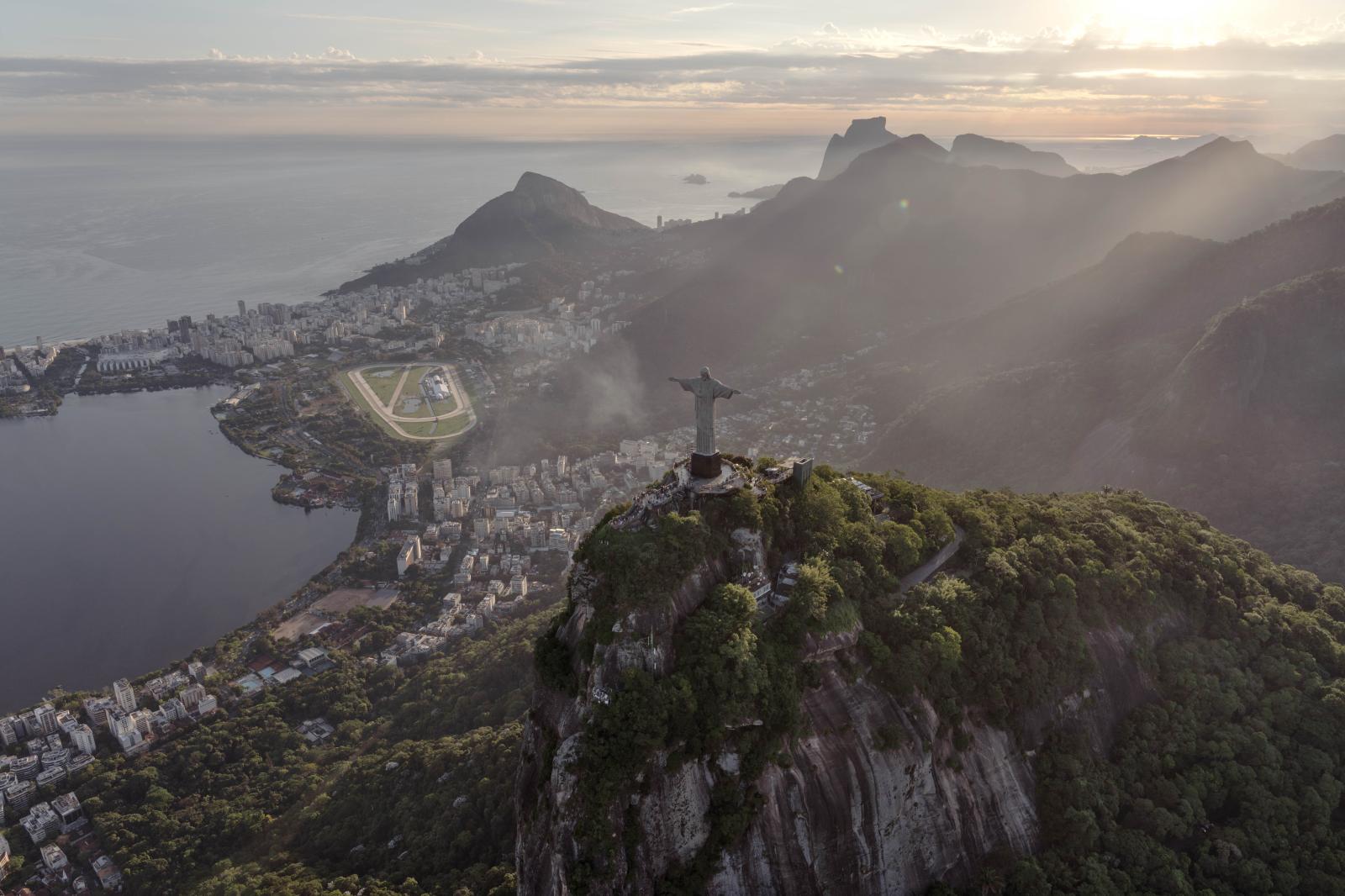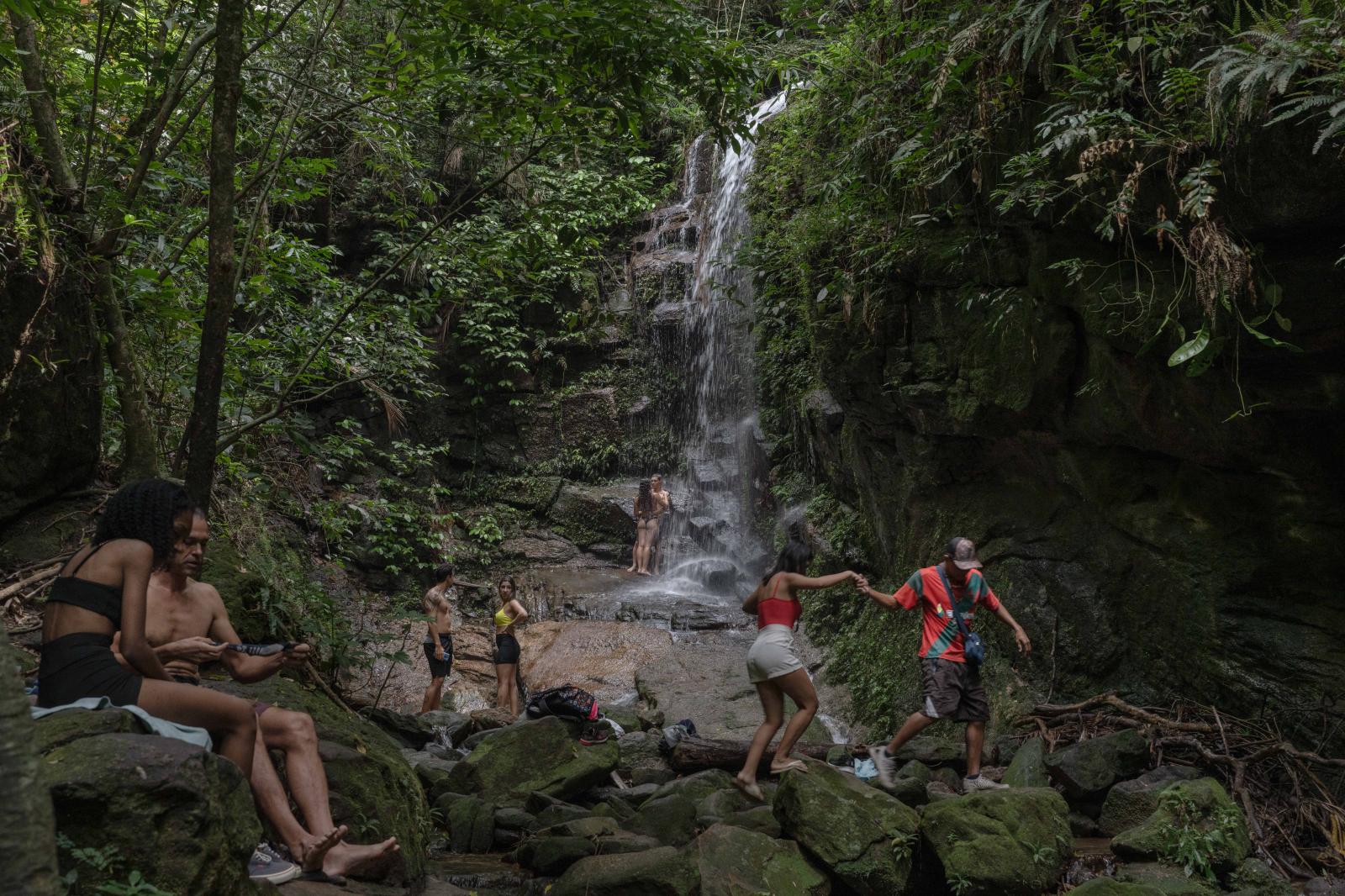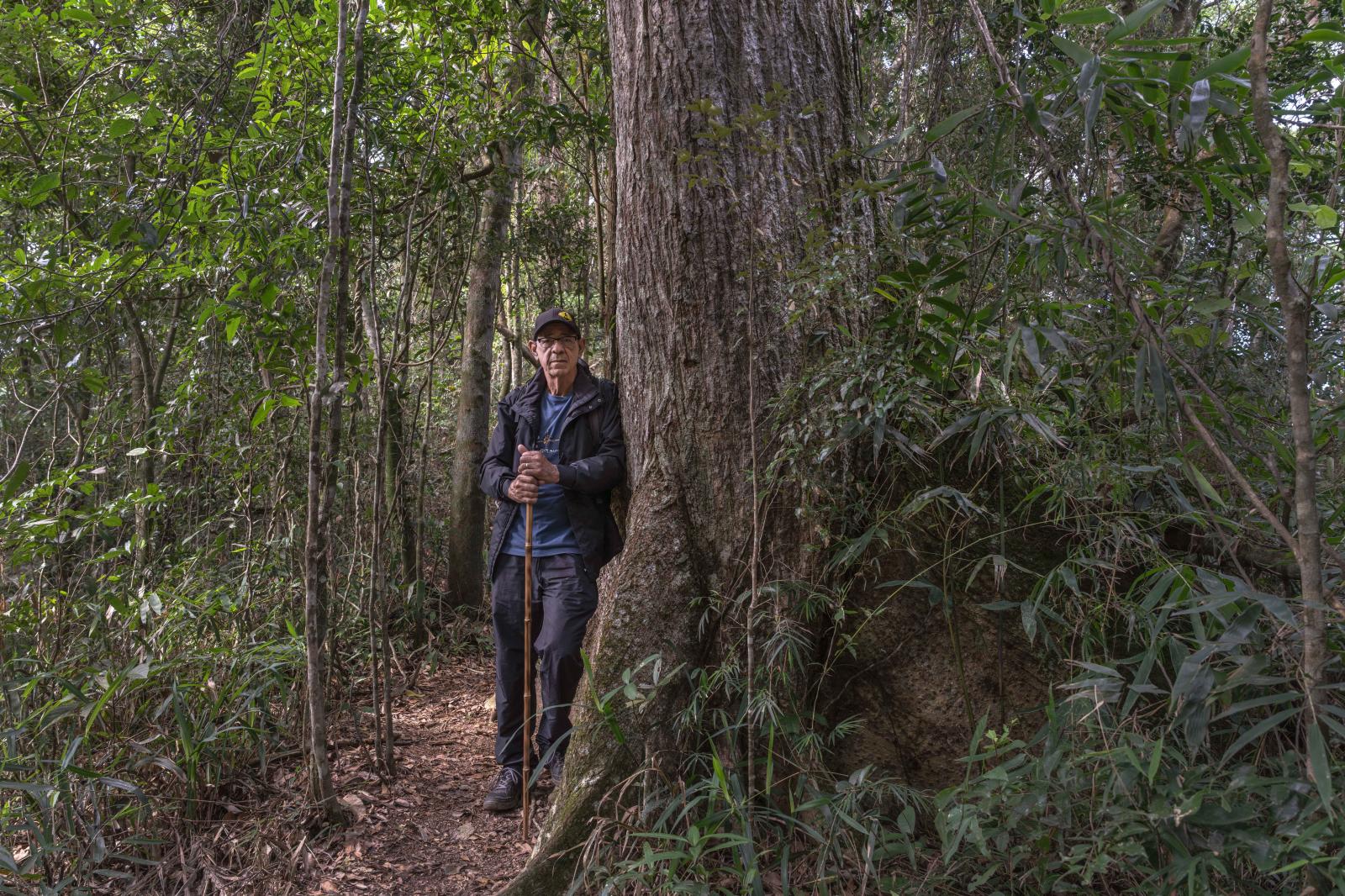Public Project
Tijuca, the Protective Forest
Summary
This is the story of how Rio de Janeiro was saved from running out of water by a visionary reforestation project that replanted 1,600 hectares of the Atlantic Rainforest that initially covered the city’s hills.
Today, that forest is a national park covering 4,000 hectares and receiving 4 million visitors annually. It is one of the largest urban forests in the world.
Its perseverance is the result of the collective will, love, and effort of countless people who, over the years, have contributed big and small to keeping Tijuca a vital and treasured part of the city.
Today, that forest is a national park covering 4,000 hectares and receiving 4 million visitors annually. It is one of the largest urban forests in the world.
Its perseverance is the result of the collective will, love, and effort of countless people who, over the years, have contributed big and small to keeping Tijuca a vital and treasured part of the city.
In the XIX, the forest was almost gone, thanks to the city’s fast and predatory growth after it became the booming capital of the Portuguese Empire, then one of the largest in the world. Without the forest and the rivers it protected, the city was running out of water and on the verge of environmental collapse.
The Atlantic Rainforest is a very unique forest. In the 1990s, researchers from the New York Botanical Garden counted 458 tree species in one single hectare of forest (2.47 acres) —more than double the number of tree species found in the entire U.S. eastern seaboard. It is also home to more than 2200 species of vertebrates, 5% of the world’s vertebrates, many found nowhere else on Earth. When the Portuguese arrived in Brazil in 1500, the Atlantic Rainforest covered close to 134 million hectares (331.12 million acres) along the coast, an area twice the size of Texas.
Today, only 12% of that forest remains, a mere 2% under protected status. It is one of the most endangered forests in Brazil.
To save Rio, Brazil’s then-emperor declared what remained of the Tijuca a protected area - calling it, emblematically, a Protective Forest instead of a Protected Forest - and ordered the reconstitution of its degraded areas with native species. It was the first large-scale project of reintroduction of nature to fight an environmental crisis in modern times. And it was a remarkable success.
So much so that most Brazilians now take this forest for granted. And that is putting the forest at risk. Few people nowadays understand how crucial the Forest is to life in Rio, not only as a vital green infrastructure but also as a social and cultural asset.
A reforestation like the one in Tijuca is not a project with a beginning, a development, and a conclusion. It’s a never-ending process. I like to compare it to a democracy, which requires that the consensus about its benefits be renewed daily. Otherwise, it perishes.
As a National Geographic Explorer for Storytelling grantee, I’m telling the story of this remarkable project and the people fighting daily to keep this consensus alive.
At a time when we discuss how urgent it is to recover forests and ecosystems to deal with the devastating impacts of climate change, but are also very skeptical of our ability to do so, the Tijuca Forest is a testament to how far our ambitions can go, and a blueprint for how to achieve it.
2,968





























